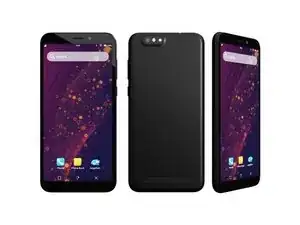Background
Unlike conventional mobile devices, which typically run proprietary operating systems like iOS or proprietary flavors of Android, Linux phones are built on open-source software that can be freely modified, distributed, and adapted to a variety of use cases.
It's worth noting that Android is technically a Linux-based operating system, as it uses the Linux kernel as its core software foundation. However, when people refer to Linux phones, they are typically talking about mobile devices that use more traditional desktop Linux distributions as their core operating system, rather than a customized version of Linux like Android. These Linux-based mobile operating systems are designed specifically for mobile devices and offer a different user experience than Android or other proprietary mobile platforms. Some examples of Linux-based mobile operating systems include Ubuntu Touch, Sailfish OS, and postmarketOS.
Linux phones are designed to be highly customizable and flexible, giving users greater control over their devices and the ability to tailor them to their specific needs. They also tend to be more secure than proprietary mobile platforms, thanks to the robust security features built into the Linux kernel.
Some examples of Linux phones include the PinePhone, the Librem 5, and the Volla Phone. These devices are built with open hardware designs that allow users to swap out components and modify the software to suit their needs. They also typically come pre-installed with a variety of open-source applications and tools, allowing users to work and communicate without relying on closed, proprietary software platforms.


